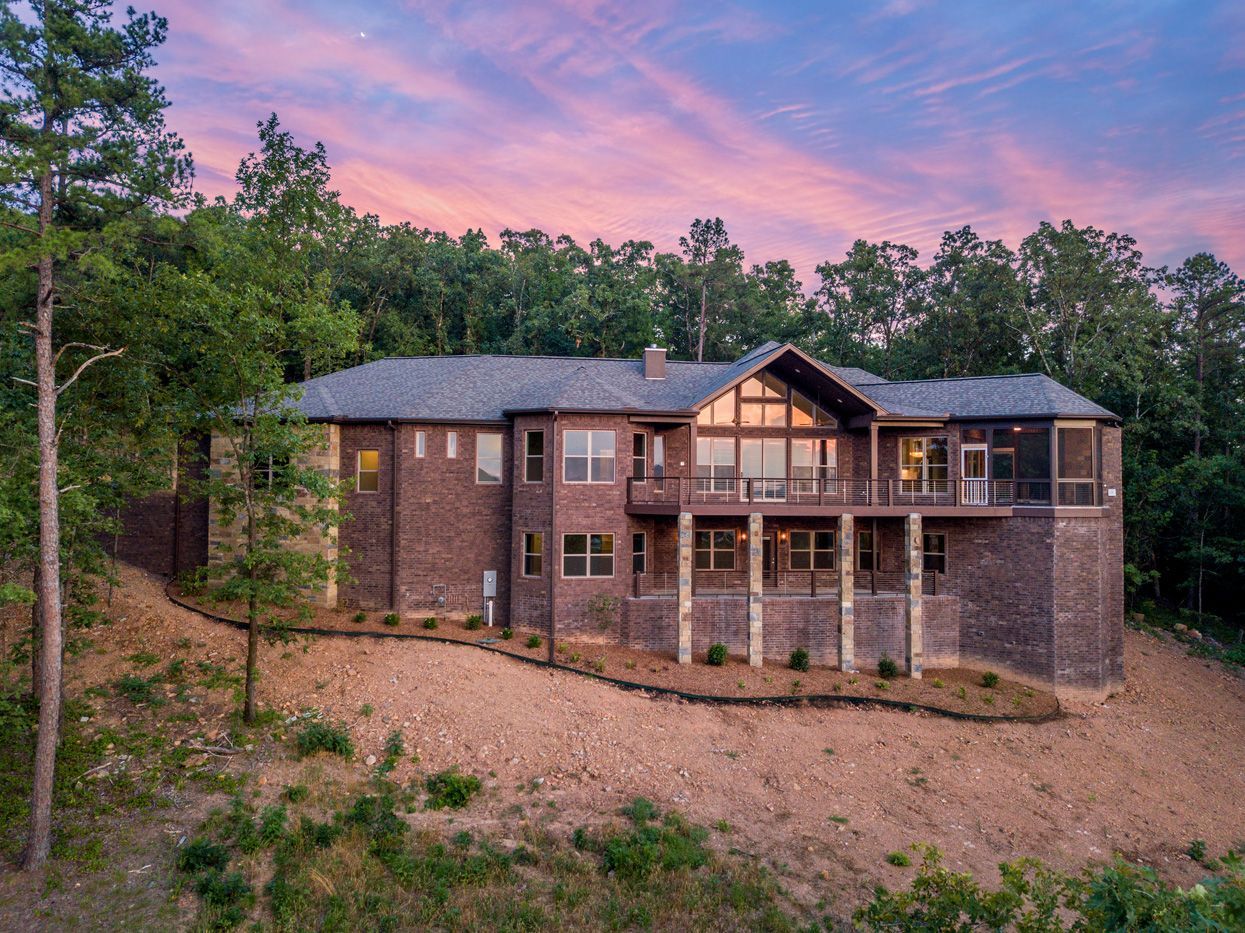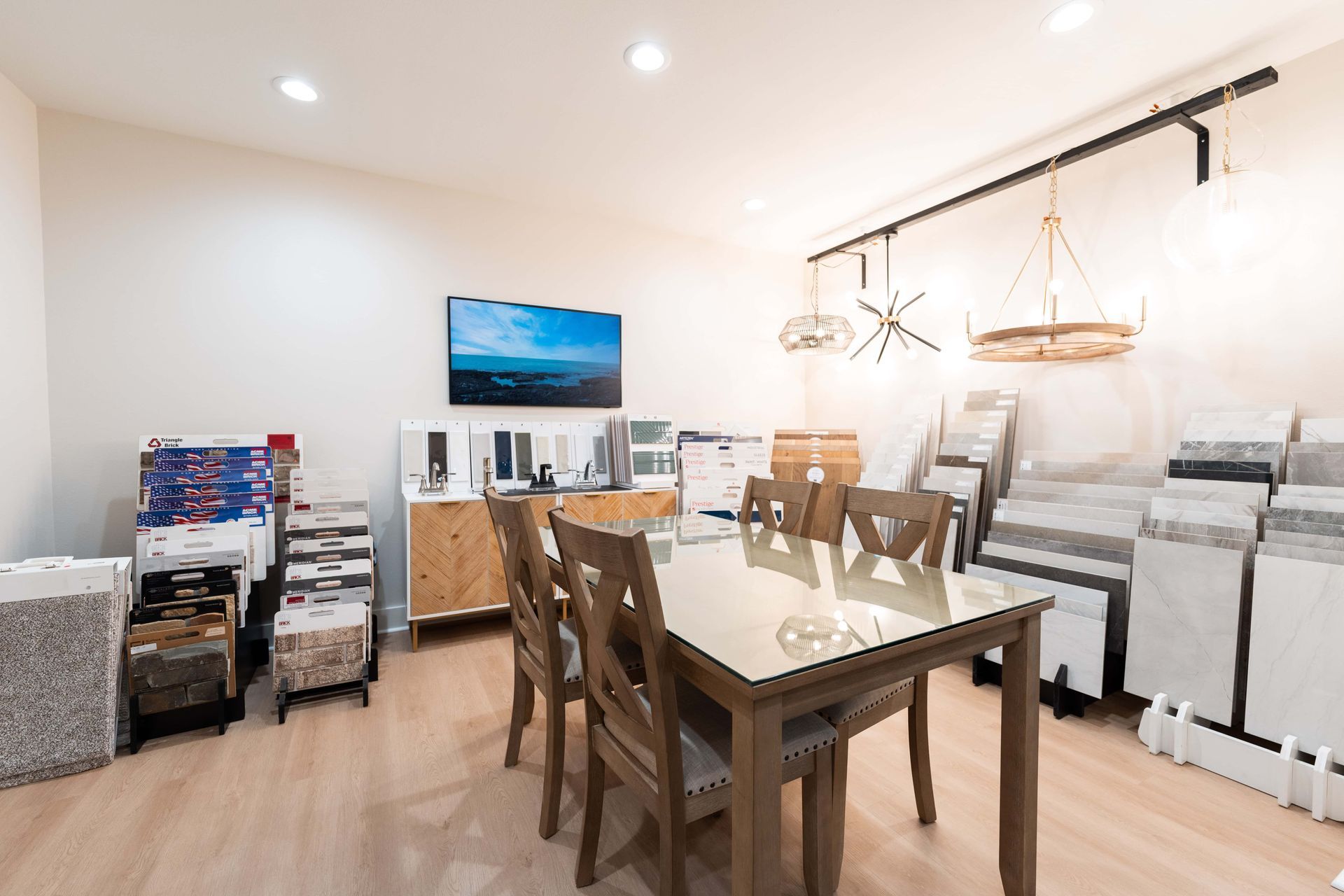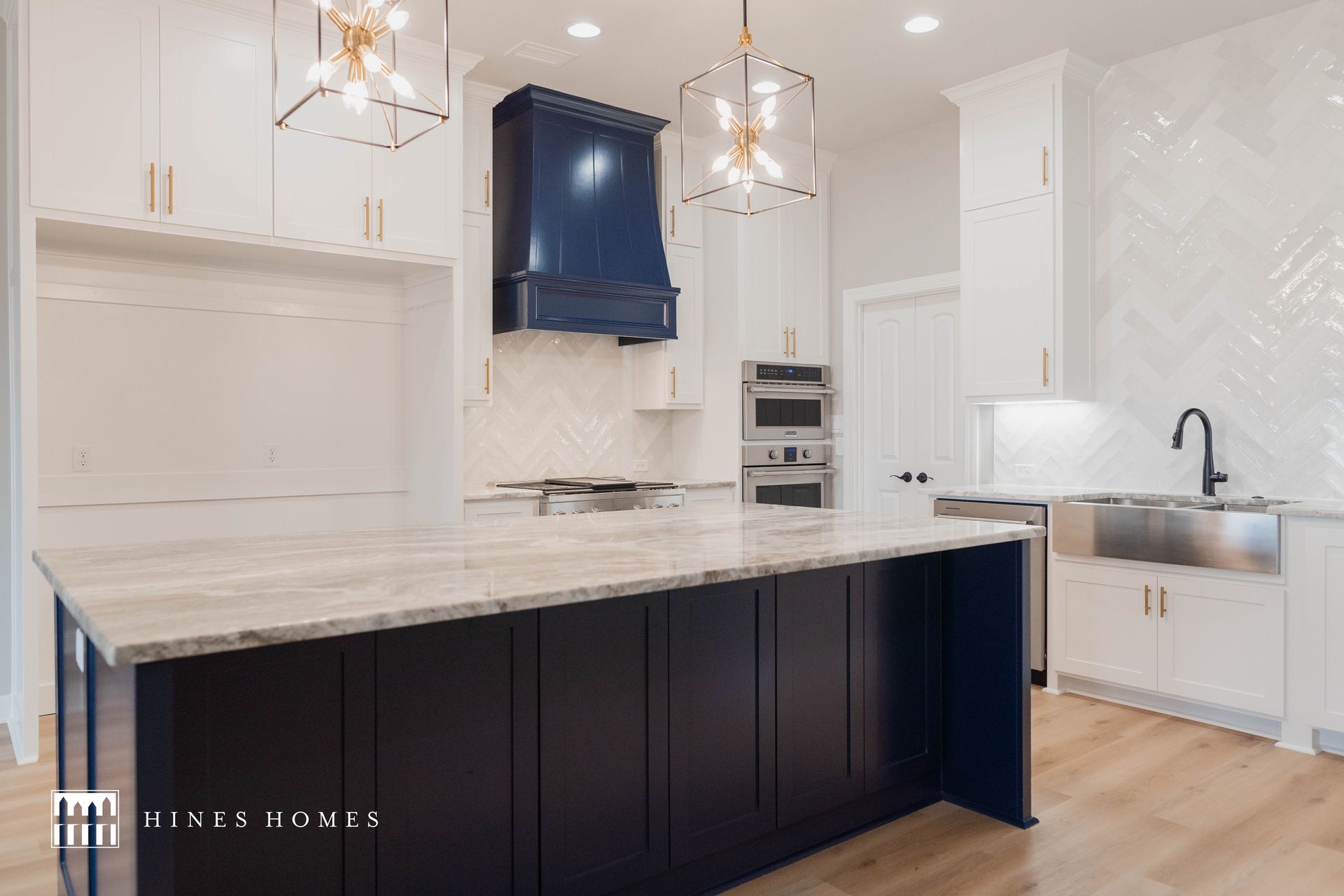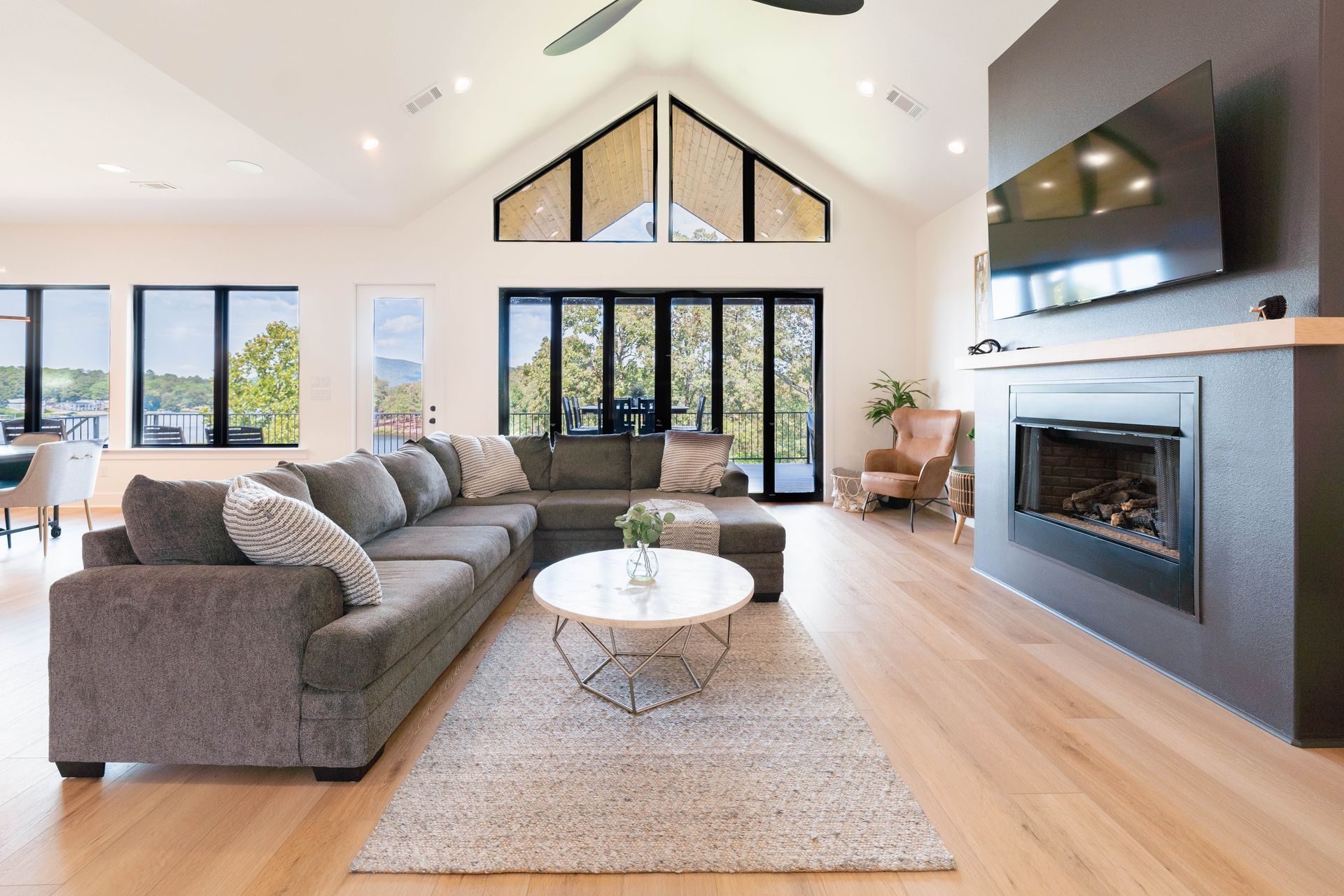Color Your World: A Guide to Choosing Interior Paint
A Guide to Choosing Interior Paint
Choosing the right paint color for your home is more than just picking a shade you like—it’s about creating the right atmosphere, enhancing your space, and reflecting your personal style. The colors you choose can influence mood, affect how large or small a room feels, and impact the overall value of your home. Whether you're refreshing a single room or painting an entire home, this guide will help you navigate the process of selecting the perfect interior paint.
Understanding Color Psychology
Colors have the power to evoke emotions and set the tone for a room. Warm tones like reds, oranges, and yellows create energy and excitement, making them great for social spaces like dining rooms and kitchens. Cooler shades like blues, greens, and purples promote relaxation and calm, making them ideal for bedrooms and bathrooms. Neutral colors like grays, whites, and beiges provide versatility, allowing for easy coordination with furniture and décor.
Considering Lighting & Space
Lighting plays a crucial role in how a paint color appears. Natural light enhances true color, while artificial lighting can change its tone throughout the day. Before making a final decision, test paint samples in different lighting conditions. Additionally, the size of a room can influence color choices—lighter colors make spaces feel larger and more open, while darker tones create a cozy, intimate feel.
Choosing the Right Finish
Beyond color, the paint finish can affect the overall look and durability of your walls. Flat or matte finishes provide a soft, modern appearance and help hide imperfections but can be harder to clean. Eggshell and satin finishes offer a slight sheen and are more durable, making them ideal for living areas and bedrooms. Semi-gloss and high-gloss finishes are best for trim, cabinets, and high-moisture areas like kitchens and bathrooms due to their durability and ease of cleaning.
Coordinating with Existing Décor
Your paint color should complement your furniture, flooring, and décor. Consider the overall color scheme of your home and choose shades that enhance your existing elements. For a cohesive look, opt for a neutral base with pops of color in accent walls or smaller rooms. If you’re going bold, make sure the shade balances well with the rest of your home’s design.
Timeless vs. Trendy Colors
Trendy colors can add personality and style to a space, but they may not always stand the test of time. Classic neutrals like whites, beiges, and soft grays offer longevity and appeal to a broad range of buyers if resale is a consideration. If you want to embrace trends, consider using them in smaller spaces or as accents, making them easier to update in the future.
Testing Before Committing
Before painting an entire room, test sample swatches on the walls and observe them at different times of the day. Paint can look different under various lighting conditions, and testing will help ensure you’re happy with your final choice. Many paint brands now offer peel-and-stick samples, making it even easier to visualize colors in your space.
The right paint color can transform your home, setting the perfect mood and enhancing the overall aesthetic. By considering factors like color psychology, lighting, finish, and coordination with existing décor, you can confidently choose a shade that complements your space and style. Whether you go for a bold statement or a timeless neutral, painting is one of the easiest and most effective ways to bring new life into your home.
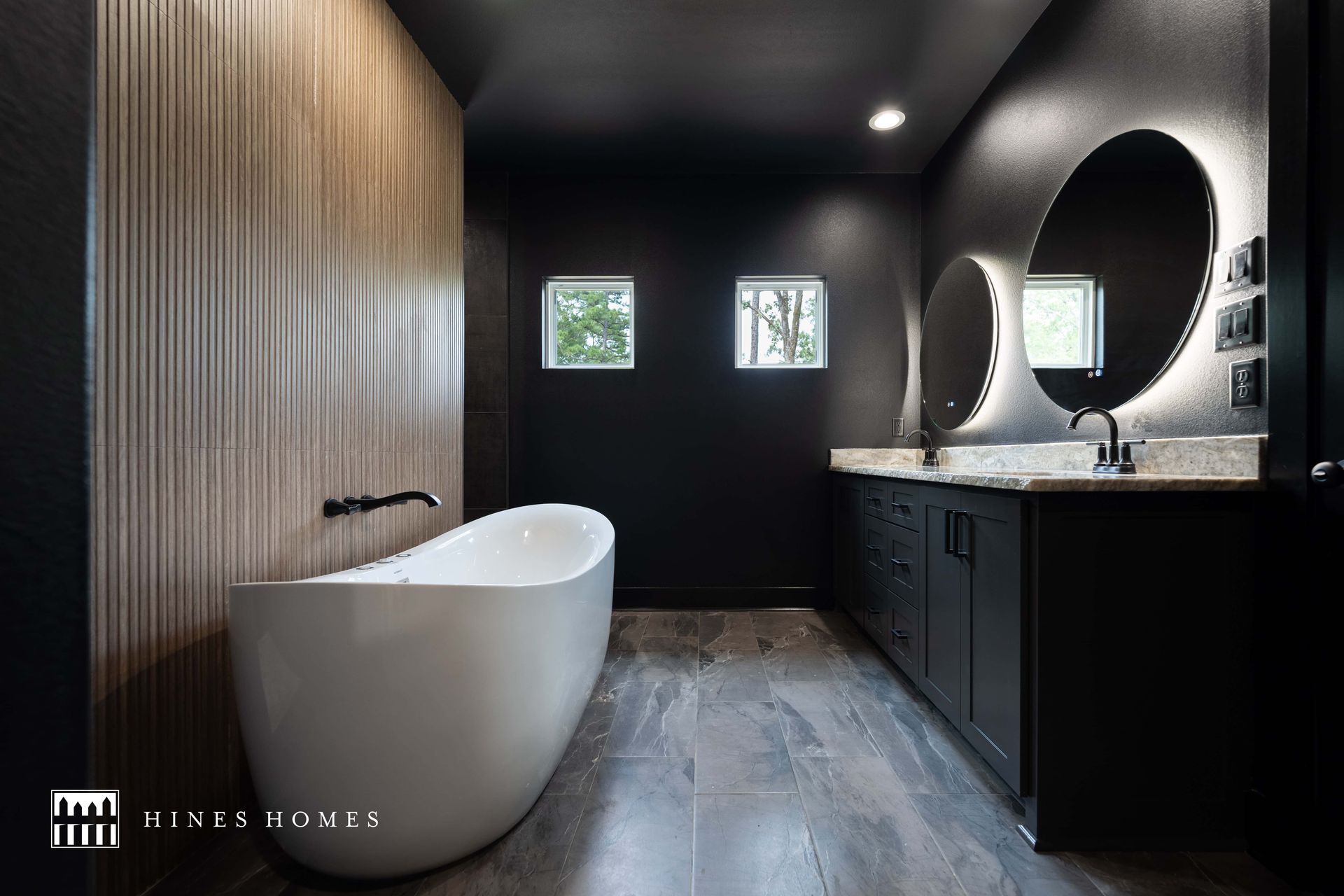
Share
